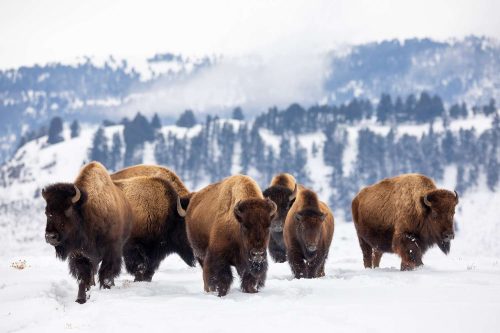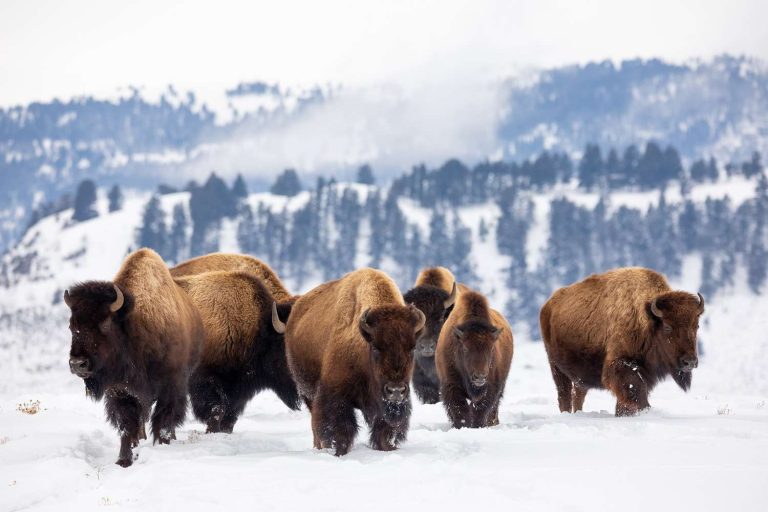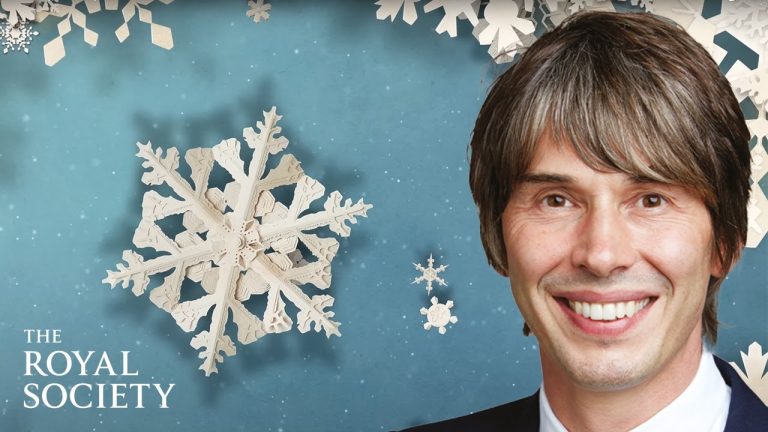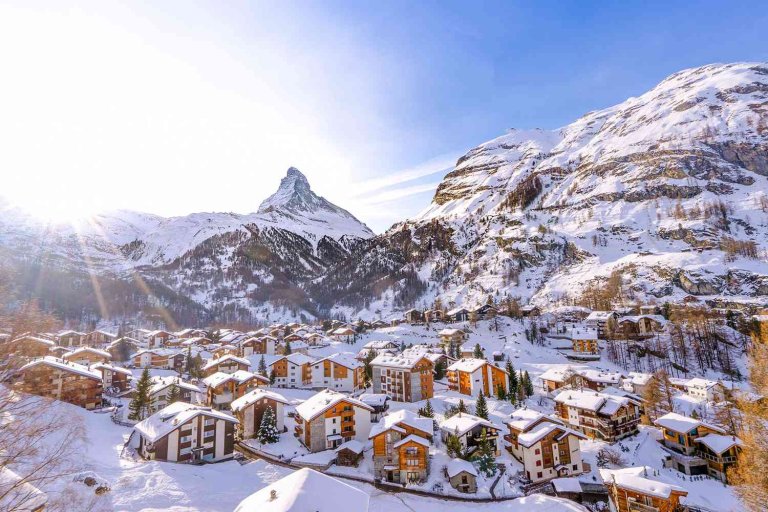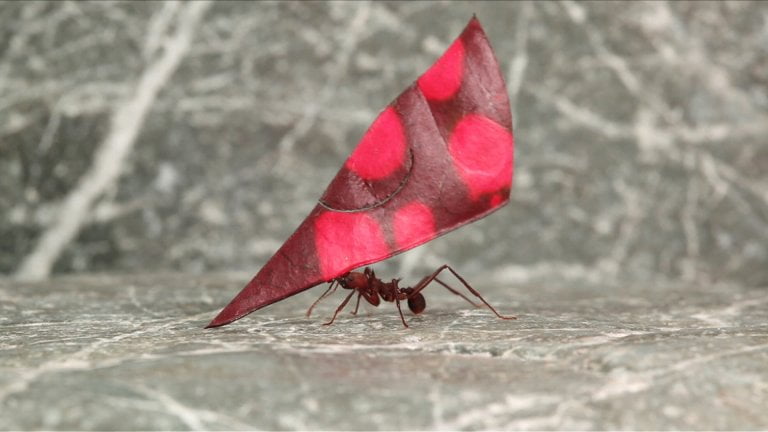66 million years ago, maybe on a Tuesday afternoon, life was the same as it had been the day before or a thousand years before or pretty much a million years before. Things were good for our feathered dinosaur buddies. Until a tiny, tiny detail in the sky changed.
Transcript
One of the greatest illusions in life is continuity. Sixty-six million years ago, the continuity of the dinosaurs had been going on for around 165 million years already – and it didn’t seem this would change any time soon. The world was warm and pleasant, and most of the land was covered with lush forests and an incredible diversity of trees, flowers, ferns, and trillions of critters.
Dinosaurs were ubiquitous and had diversified into hundreds of species of all shapes and sizes. Titanosaurs, large gentle giants, shared the world with famous beasts like Tyrannosaurus rex or Edmontosaurus. Pectinodon hunted in the undergrowth while Edmontosaurus wandered coastlines and swamps. An ancient paradise, a world of plenty, full of life.
Sixty-six million years ago, maybe on a Tuesday afternoon, life was the same as it had been the day before or a thousand years before, or pretty much a million years before. Things were good for our feathered dinosaur buddies. Until a tiny, tiny detail in the sky changed. If dinosaurs were watching the stars, they might have noticed the appearance of a new star one night. A tiny dot that for many weeks slowly became bigger and brighter. Until one fateful day, it looked like another small moon in the night sky. And then it faded from sight as it dipped into earth’s shadow.
For a few more hours, the illusion of continuity was upheld. Until it was not anymore. In the morning, the object suddenly appears again. Now almost as large as the sun in the sky and growing every moment, heading for the coast near the Yucatan Peninsula. It takes the asteroid only two seconds to pass through the thin layer between space and the ground to make contact. As it enters the atmosphere at almost 60 times the speed of sound…
Let us stop time. Here we see the unnamed asteroid about to commit suicide. Larger than Mount Everest, it reaches from the ocean high into the atmosphere, higher than passenger planes would fly millions of years later. At this moment, the world was one way. In a fraction of a second, it would be fundamentally different. Let us make the transition. As the asteroid hits the shallow ocean and the bedrock below, the energy of billions of nuclear weapons is released all at once as the asteroid vaporizes. A flash of light illuminates the sky as an eerie bright white sphere grows over the Gulf of Mexico. Bedrock melts into seething hot plasma at tens of thousands of degrees celsius. The thermal radiation from the explosion travels at the speed of light and immediately burns everything within a radius of about 1500 kilometers. While the energy from the impact pushes so hard against the earth’s crust, it loses all strength and flows away from the impact site like a liquid, creating a hole 25 kilometers deep and 100 kilometers wide. The ocean is pushed back for hundreds of kilometers, like when a kid jumps into a puddle. As the crust bounces back, melted and flowing crust forms a temporary mountain stretching 10 kilometers into the sky.
An incredible amount of material is blasted into the higher atmosphere or even out into space, as much as 60 times the original mass of the asteroid. The violence of the strike is felt everywhere on earth within minutes. A magnitude 11 earthquake, maybe the most powerful quake any living thing has ever witnessed in billions of years. It is so insanely strong that it might have shaken gigantic lava fields in Turkey and causes volcanic eruptions that would last for 30,000 years and cover half of the Turkish subcontinent with lava.
Even on the side of earth opposite the impact, the ground still moved by several meters. Nobody would sleep through this day. The gigantic explosion crashes against the atmosphere with unprecedented violence. It causes a shockwave that reaches speeds of more than 1,000 kilometers per hour near the impact site, similar to the hyper hurricanes on gas giants like Neptune. In middle America, any soil, vegetation, or animal is shredded into pieces and catapulted thousands of km away. Now the formally displaced oceans return. As the temporary mountain at the site of impact collapses, a ring of tsunamis as high as one kilometer, enough to cover all skyscrapers humans would ever build, heads in all directions. As they crash into the coasts of the continents surrounding the impact, they will drown thousands of kilometers of coastline.
Fifteen hours later, some of the waves that get refracted around South America will still tower as much as 100 meters into the sky. But we still have not talked about the worst thing yet. A lot of the debris deleted into space will orbit the earth for thousands of years; some hit the moon or even Mars. But most of it comes right back. When things fall through the atmosphere at such speeds, they get very hot, like hundreds of degrees hot. And this happens to millions of tons of material everywhere.
This rapidly heats the atmosphere to insane temperatures. We don’t know exactly how hot it got or how long this heat shock lasted, but there are two ideas here. Either the air was heated to hundreds of degrees for a few minutes. Or to thousands of degrees, for around one minute. In any case, the air becomes as hot as the inside of an industrial oven. How bad the global effects of this were is contested, but if enough heat reached the surface, a lot of plants and animals would have died very quickly if they couldn’t bury themselves or escape into caves.
Together with raining debris, the heat may have ignited material on forest floors and sparked wildfires as the earth rotated under the searing hot plume. In a few hours, massive wildfires were probably burning around the globe. Some of them may have lasted for months and turned earth into a horrifying hot hell-ish version of itself. As the day of the impact draws to an end, many dinosaurs are already dead, but the worst is still to come. The gigantic plume of vaporized material reaches the upper atmosphere and spreads around the whole globe. Together with the soot from the burning planet and the aerosols generated at impact, the planet sinks into deep darkness, with only the remaining raging fires illuminating the scenery.
Whatever plants survive, the firestorms will now be starved for sunlight as global photosynthesis is temporarily shut down. Within days temperatures crash as much as 25° celsius. The oceans were especially hit hard. The lack of sunlight killed over 90% of plankton which form the basis of the food web of marine life. Ultimately this would kill off the large marine reptiles and ammonites that used to dominate the seas. The biosphere the survivors now find themselves in is like an alien landscape.
Ash, debris and the burned remains of the formerly lush and blooming life cover the ground, the sky is dark, and it is cold and fresh food is scarce, while fungi thrive. For months and years, the planet will be a hostile and deadly place. The sudden global winter will last for decades. At least 75% of all species on earth will just vanish from existence. And so, as the day ends, the world is suddenly different. The continuity that went on for millions of years is no more. The Era of the dinosaurs is over, just like that.
Eventually, from the ashes of the old world, survivors emerged. Birds are the direct descendants of the dinosaurs and mammals that would eventually become the dominant animals on the planet. Without the Asteroid, who knows what life on earth would look like today. Without the sudden disruption of dinosaur continuity that completely changed the planet and all life on it, we might have never had the opportunity to become what we are today.
It is not clear how long the Human Era will last. So far, modern humans have been around for 0.1% of the time the dinosaurs were. And in this short amount of time, we’ve achieved impressive feats, from making the world our own to reaching space and splitting the atom. Yet, our future and our long-term survival are not a given. If we are not careful, it could end instantly, like the Age of the Dinosaurs ended.
But in contrast to them, we know that our continuity is fragile, even if it doesn’t feel like it. We can be prepared and be vigilant and hopeful. If we are lucky, our journey will go on for a long, long time. Speaking of journeys, we want to address something in the spirit of transparency. Kurzgesagt has changed in the last two years: We’ve become more than a youtube channel or animation studio and now also run a paper shop that sells hundreds of thousands of calendars, posters, and notebooks.
It’s not a happy accident – many of us have a background in graphic design. Paper products are our roots, and we actually started out creating posters, books, and print infographics. We love that you can touch them, smell them, a nerd about small details and printing techniques. Just like the channel, we started small and without great ambition.
Step by step, we found the right printers and papers, learned about shipping, and expanded our shop. We put a huge amount of research, love, and hours into it because this is the only way we know how to do things. We don’t just want to make generic merch but things that fit our mission of making science exciting and creating beautiful things. Things that persist and are made with high quality and love.


